INDUSTRIAL CHALLENGES
During the Acid Gas Treatment Process:
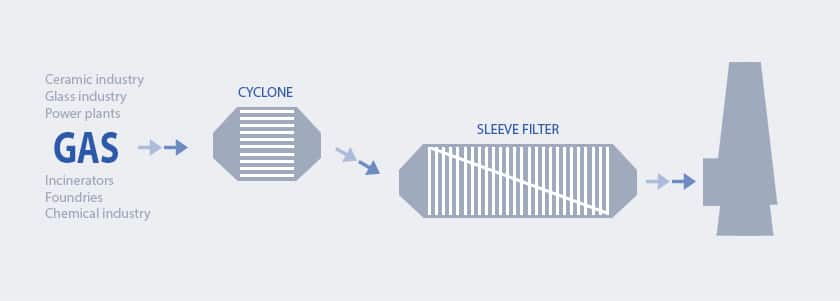
Emissions
All thermal industrial processes (firing, combustion, curing…) generate pollutant acid gases (Fluorine, Chlorine, Sulphur…). These gases cannot be pumped directly into the atmosphere as they must meet a series of emission requirements and limits.
The approval of new regulations dictating greater restrictions on acid emissions obliges companies to take steps with respect to gas treatment and capturing technologies.
Technologies
A variety of gas treatment systems exist, which can be divided into: wet, semi-wet, dry and semi-dry.
- The type of industrial thermal process and characteristics of the gas produced (temperature, flow, pollutant mixture…) determines the type of gas treatment to be introduced in each installation.
- Each decontamination facility and each industrial process requires an individualised response when it comes to gas treatment.
- The type and quantity of absorbent must be adapted to the individual characteristics of each process.
Capture
These systems can use anything from calcium carbonates to quick or hydrated limes, whether injected dry or as milk of lime. Their fineness, purity, reactivity and specific surface properties are key.
| NATURDEP range | Properties |
| M (Calcium Carbonate) |
Fineness, purity, reactivity. |
| CLM (Calcium Oxide) |
Fineness, purity, reactivity. |
| S (Calcium Hydroxide) |
Fineness, purity, reactivity, specific surface. |
| SCS (Calcium Hydroxide) |
Fineness, purity, reactivity, specific surface, pore volume. |
NATURDEP® iN ACTION
Acid Pollutant Abatement Mechanisms
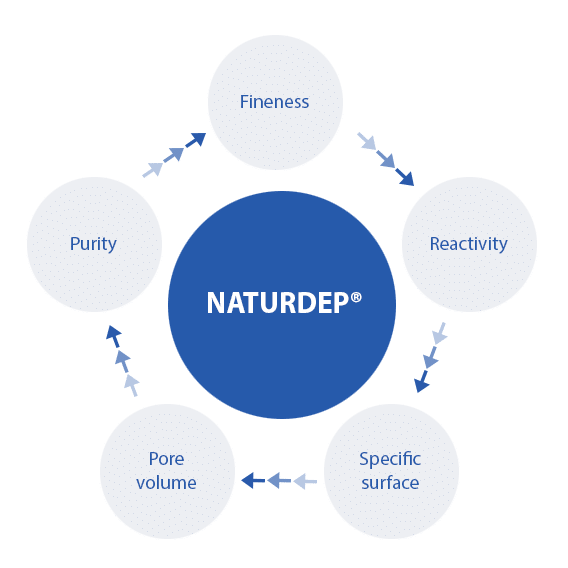
- Purity: high purity of raw materials, which guarantee high gaseous pollutant capturing capacity.
- Fineness: micrometric sizes help to accelerate the reaction kinetics.
- Reactivity: high reactivity enables a greater number of abatement reactions.
- Specific surface: high specific surfaces help to increase the pollutant absorption efficiency.
- Pore volume: the distribution of this key parameter directly influences the pollutant absorption capacity.
NATURDEP® products are added to the gas capturing system where they come into contact with the polluted gaseous effluent (acid comp: F, SL, S…), cleaning the gas as it passes through the sleeve filter.

The properties of our NATURDEP® range boost the effectiveness of the acid pollutant capturing process, thanks to its purity and specific surfaces, reducing the quantity of waste in any of the gas treatment processes.
The properties of our NATURDEP® range boost the effectiveness of the acid pollutant capturing process, thanks to its purity and specific surfaces, reducing the quantity of waste in any of the gas treatment processes.
OUR NATURDEP® RANGE
Offers the Necessary Solutions for the Gas Treatment Sector
NATURDEP® M ► micronized calcium carbonates mainly used in the start-up phase of facilities to protect the sleeve filters.
NATURDEP® CLM ► micronized calcium oxides suitable for injection into high temperature gaseous effluents.
NATURDEP® S ► hidróxido cálcico de elevada riqueza y reactividad, listo para su inyección directa en seco.
NATURDEP® SCS ► calcium hydroxide of high purity and reactivity, ready to go for dry injection.
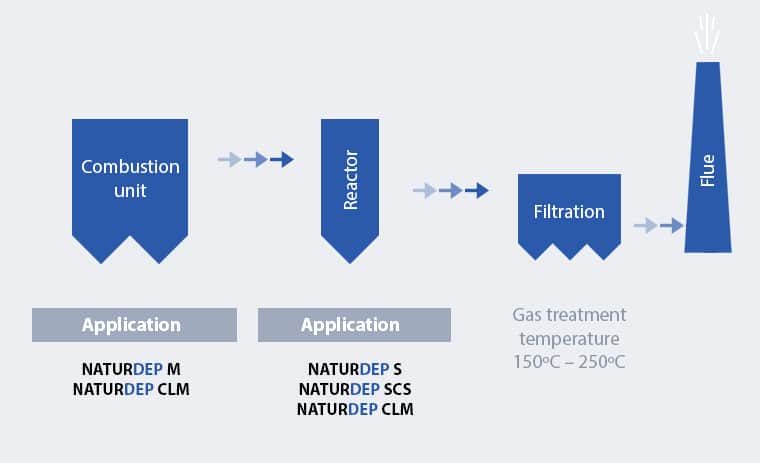
New Highly Efficient Product to Guarantee the Most Demanding Industrial Emissions Limits.
NATURDEP® SCS A Calcium Hydroxide of High Absorbent Capacity.
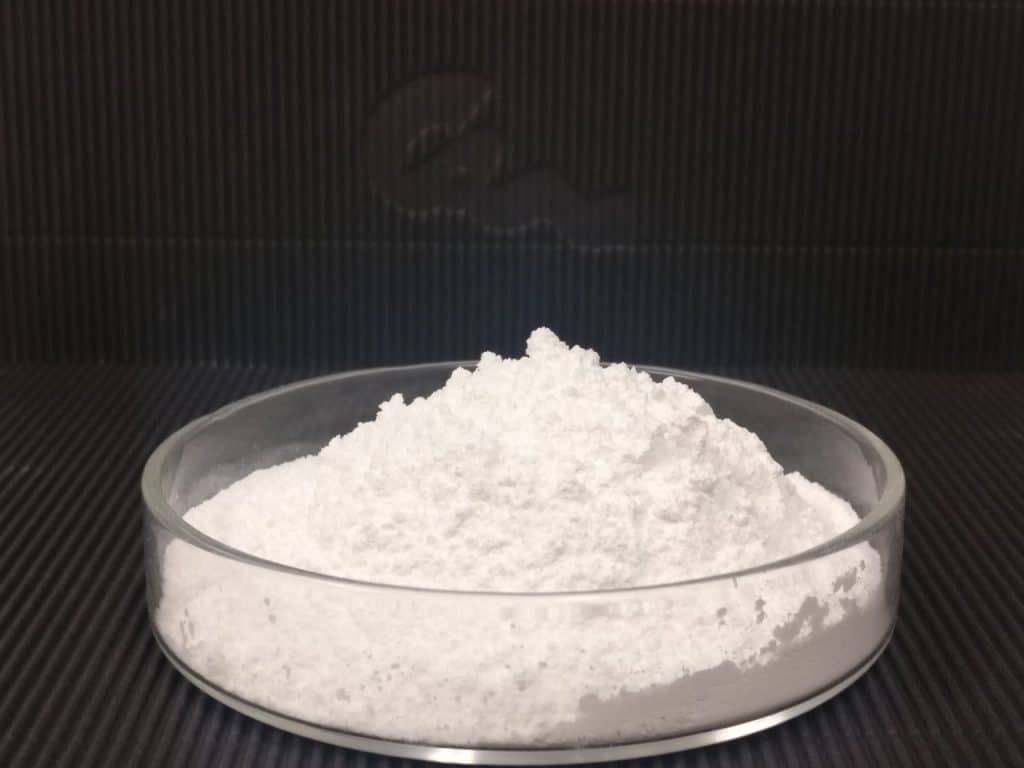
The continued reduction in permitted emission limits comes with the need for new products offering greater efficiency when it comes to capturing pollutants.
NATURDEP® SCS is a natural product born from industry’s growing needs for increasingly more efficient neutralizing options. Obtained by means of a specialised production process, NATURDEP® SCS stands out for its high reactivity and ability to capture acid pollutants.
Capture efficiency
Neutralising capacity
Manageability
| Specific surface | Pore volume |
| 40 m2/g | 0,25 cm3/g |
- Double capture performance compared to standard hydroxide.
- Blending options for a complete pollutant abatement.
- Enhanced gas mitigation capacity for Fluorine, Chlorine and Sulphur.
- Generated residues’ reduction.
An Essential Gas Treatment Product Offering Technology and Environmental Protection

Reduced waste
Less waste generated due to the lower dosage requirement, helping to improve the global cost of the production process. The resulting calcium salts have lower solubility making waste management less of a problem.

Efficiency
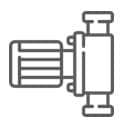
Dosage
Direct use with no need for pre-treatment. Improved fluidity makes decanting the product at the factory easier.
Its improved capturing efficiency properties mean that the dimensioning of the existing gas treatment facilities can be maintained.
